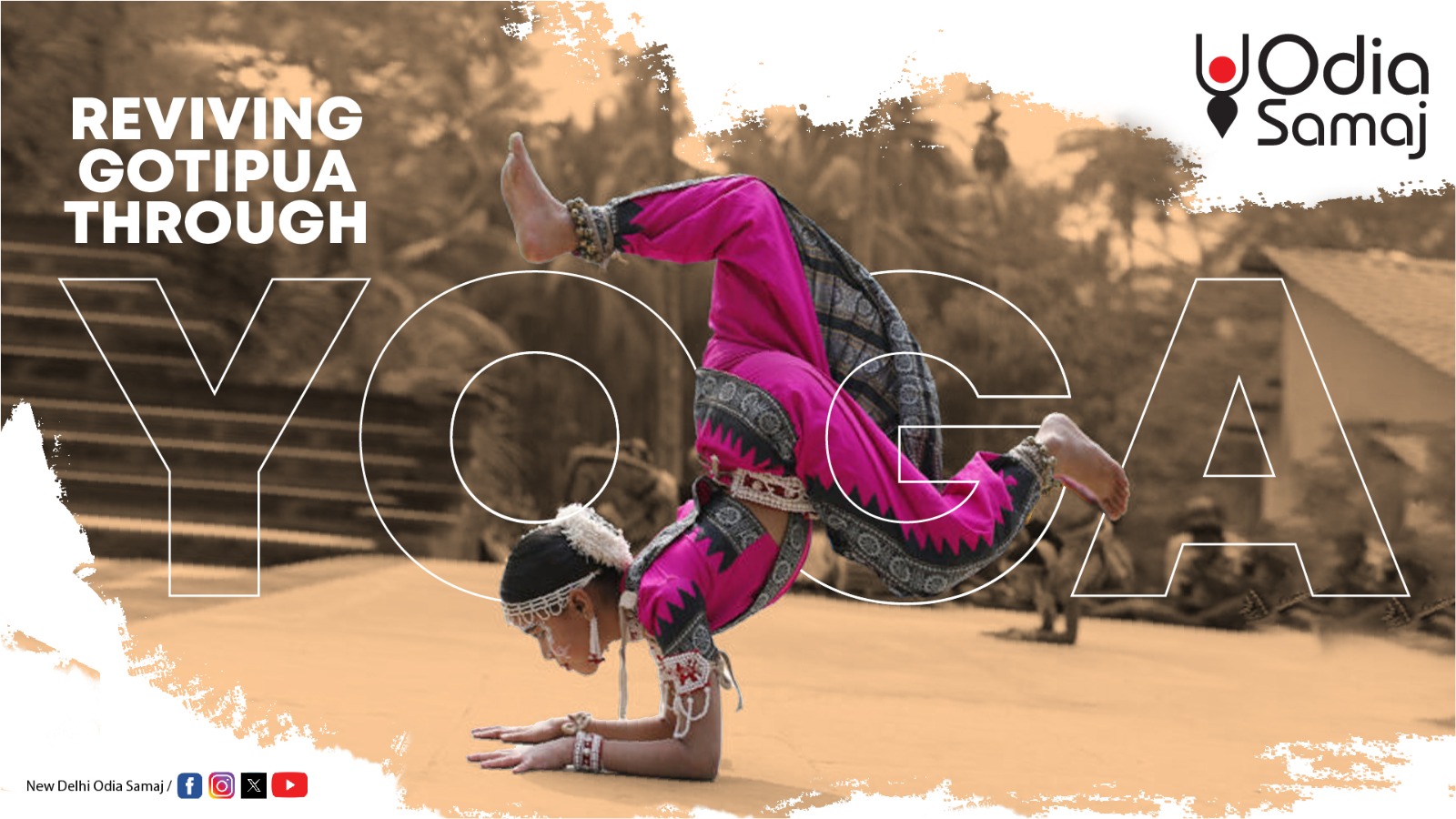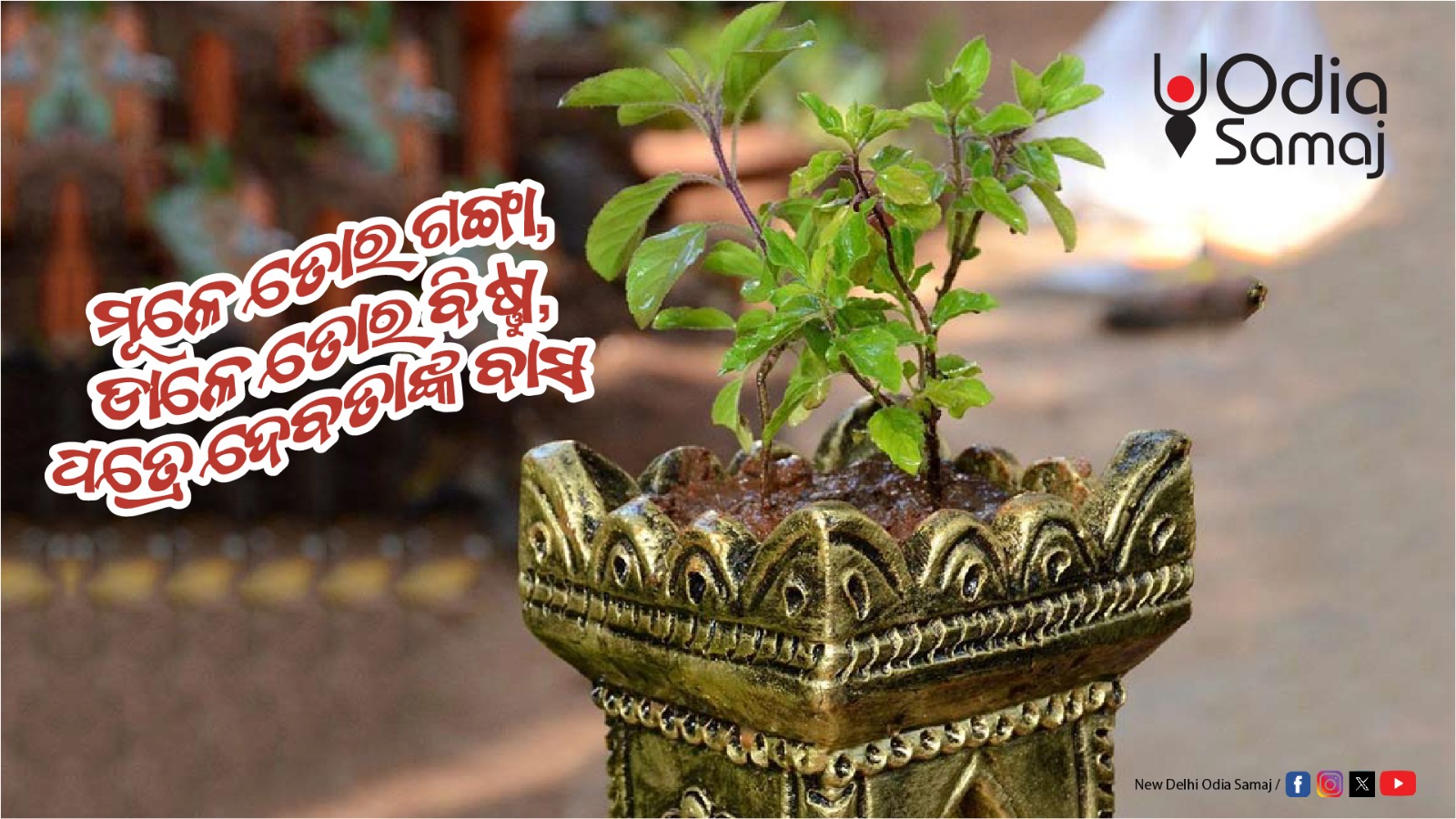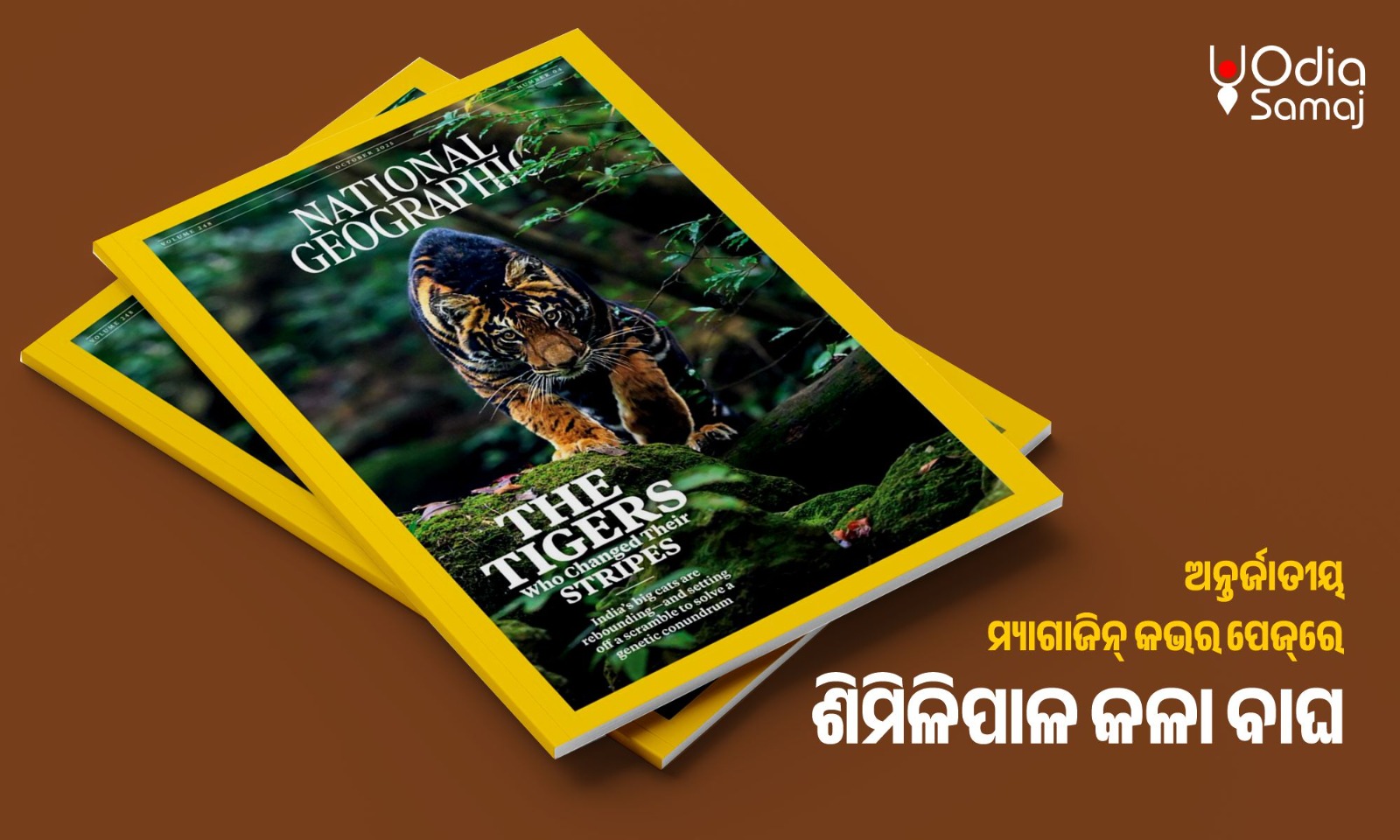DOES PURI STILL BREATHE THROUGH THE SOUL OF ITS SEVAYATS AND PANDAS?

Beneath the ancient chants, the rhythmic gongs
and the ever-glowing lamps of the Jagannath Temple lies a story of communities,
traditions and steadfast devotion. What if the heartbeat of Odisha’s spiritual
legacy rests not only in age-old rituals, but also in the living lineage of
individuals who have carried this heritage across centuries?
For hundreds of years, the Jagannath Temple in
Puri has stood as a beacon of faith, culture and continuity. Its rituals,
festivals and daily rhythms are sustained by two distinct groups: the sevayats,
who serve the temple from within, and the Puri Pandas, the hereditary priests
and guides who nurture the spiritual journey of millions of pilgrims. Together,
they uphold the sanctity of one of the most revered pilgrimage sites in the
Hindu world.
Roots and Distinct Identities
The heart of Puri’s sacred ecosystem lies in the
layered histories of these two communities. The sevayats are hereditary
servitors whose roles are meticulously defined and passed down through
generations. Temple records and modern studies describe over a hundred
categories of service, from preparing the mahaprasad in the legendary temple
kitchen, to maintaining the eternal lamps, organising festival paraphernalia,
or performing daily rituals that structure the spiritual life of the temple.
Their responsibilities are not merely
functional; they form a living tradition where knowledge is transferred within
families, ensuring every gesture, chant and rite is preserved with precision.
The Puri Pandas operate differently, yet
complementarily. Traditionally Brahmin guides and priests, they assist pilgrims
in navigating the temple’s sacred pathways, arranging darshan, conducting
rites, interpreting rituals, preserving family records and acting as custodians
of memory for countless devotees. Their engagement does not end at the temple
gate; it extends across regions, as pilgrims often develop long-standing
relationships with their family panda.
Together, sevayats and pandas create a finely
balanced system of inner and outer custodianship: one maintains the heart of
the shrine, and the other connects that heart to the world.
Ritual Roles: Guardians of Continuity
The sevayats’ service is rigorous and deeply
codified. Many observe strict disciplines on their service days, abstaining
from cooked food prepared outside the temple, maintaining ritual purity and
following centuries-old codes of conduct. Within the temple, their
responsibilities range from performing daily aarti to managing the complex
operations of the kitchen, believed to be one of the largest functioning temple
kitchens in the world.
The Puri Pandas, meanwhile, shoulder the mantle
of cultural ambassadors. They guide pilgrims through rituals, explain the
philosophy of Jagannath worship and help visitors navigate an environment
shaped by tradition, symbolism and unbroken lineage. In many families, the
panda becomes a lifelong spiritual companion, a link between individual faith
and the temple’s collective heritage.
Chaki Khuntia: A Panda and a Patriot
One of the most compelling figures to emerge
from the ranks of the Puri Pandas is Chakhi Khuntia, whose name is woven into
accounts of the 1857 uprising. Remembered in regional histories, Khuntia is
known to have used his influence and movements across northern India to inspire
and support those involved in the revolt against British rule. His story
illustrates how the spiritual and the political sometimes intersected in Puri,
where a panda, known primarily for guiding pilgrims, could also become a quiet
force of resistance.
Khuntia’s legacy broadens the understanding of
what temple service meant in different eras: not merely ritual authority, but
also a capacity to uphold cultural identity in moments of national upheaval.
Living Traditions in Contemporary Odisha
Despite the pressures of modernity, such as
administrative reforms, tourism-driven dynamics and changing social
expectations, many of the temple’s essential rituals remain largely unaltered.
Sevayats continue to follow traditional disciplines; the mahaprasad is still
cooked in the time-honoured manner; festival cycles still follow classical
calendars; and the precise choreography of service continues as it has for
generations.
The Pandas, too, retain their relevance. In an
age of rapid mobility and fragmented attention, they play a crucial role in
helping pilgrims connect with the deeper meanings of the temple experience.
Their guidance remains vital in maintaining a sense of coherence in a vastly
diverse pilgrim population.
Together, these two groups preserve a continuity
that is increasingly rare: a tradition that lives not through monuments alone,
but through people, their knowledge, their memory and their devotion.
A Living Tapestry of Faith and Identity
The Jagannath Temple is more than an
architectural masterpiece or a site of ritual performance. It is a living
institution, held together by a network of families who have dedicated their
lives to its service. The sevayats keep the rituals breathing; the Pandas keep
the stories moving across generations. One preserves the sanctum; the other
connects it to the world.
In their hands, Puri becomes a tapestry woven
from devotion, discipline, folklore, philosophy and social history. Their
combined legacy shows that religion is not static; it adapts, absorbs, renews
and persists. Whether tending lamps, guiding pilgrims or safeguarding ancient
routines, these communities ensure that Jagannath worship continues to resonate
through centuries, cultures and countless lives.
As long as the temple stands, the sevayats and
Pandas will remain its heartbeat: custodians of faith, interpreters of
tradition and the quiet carriers of Odisha’s spiritual soul.





